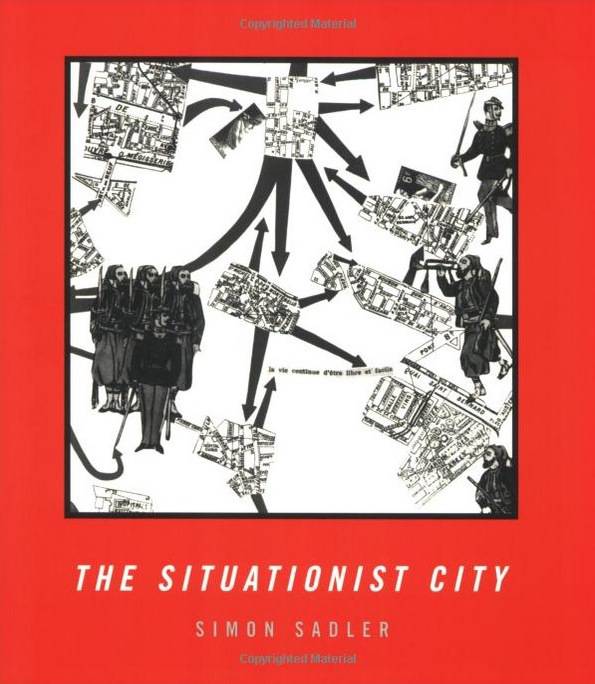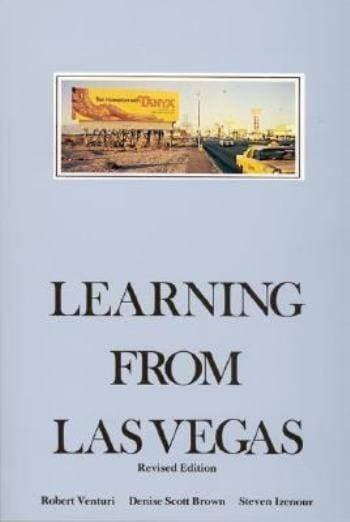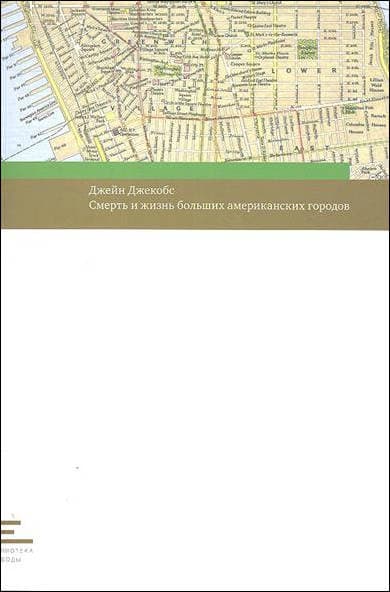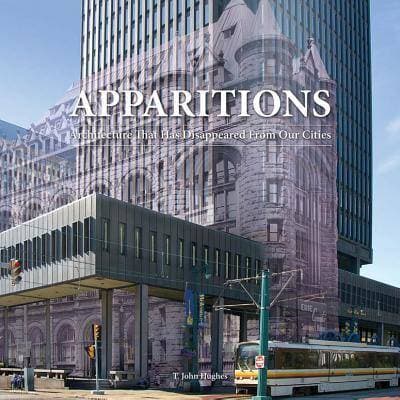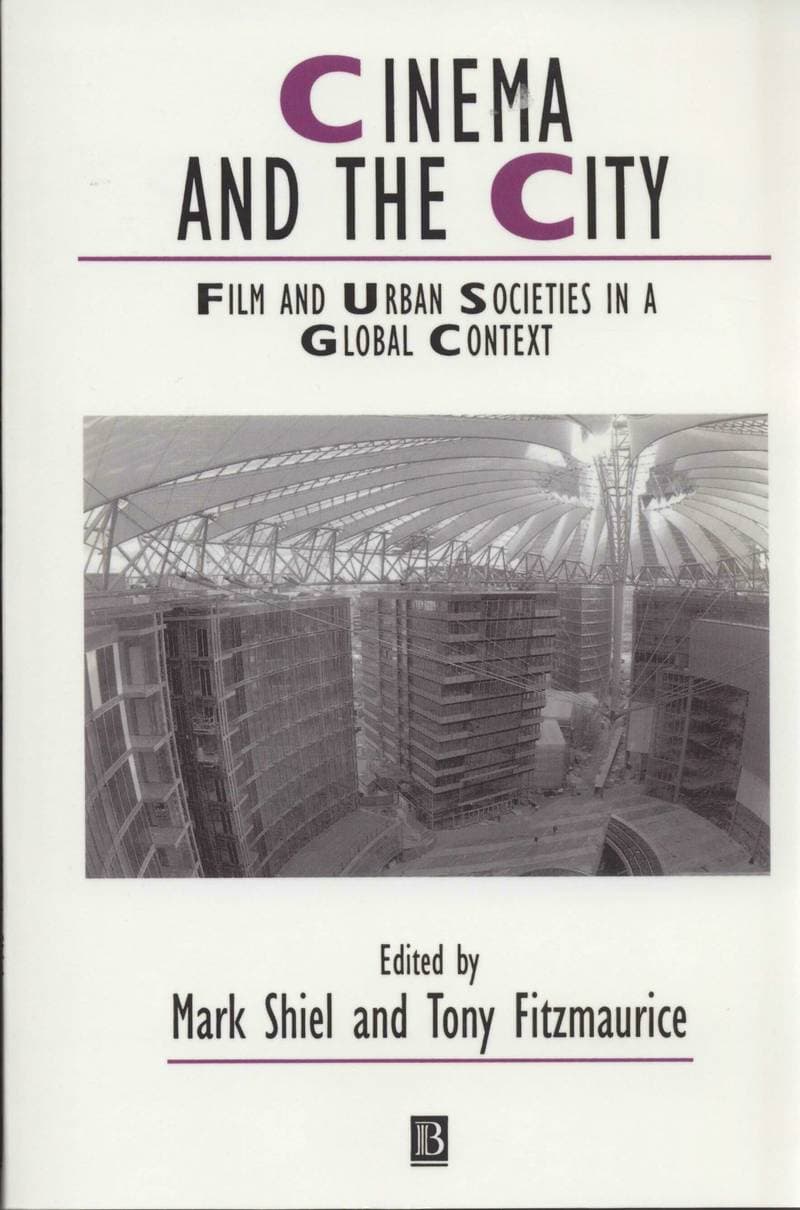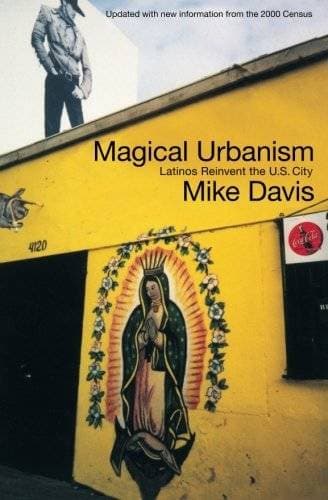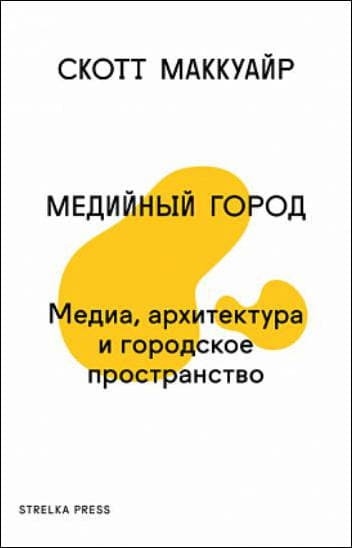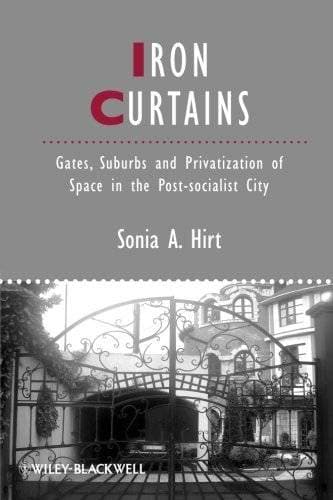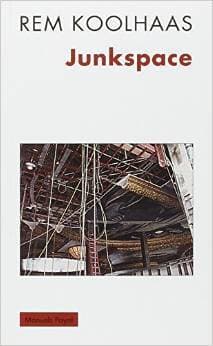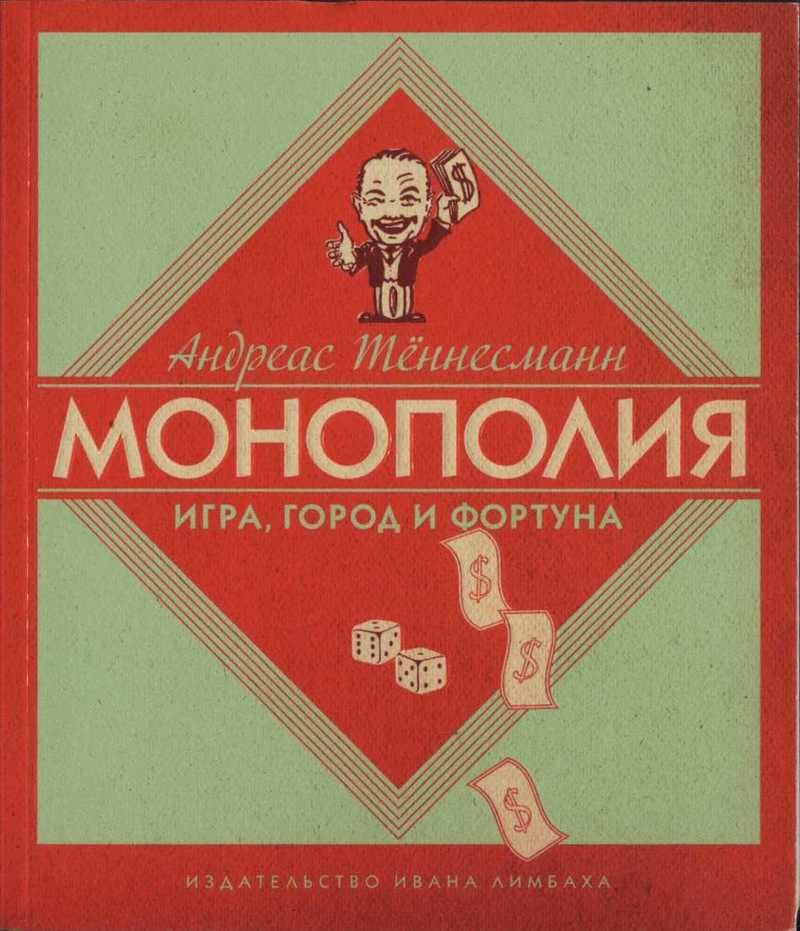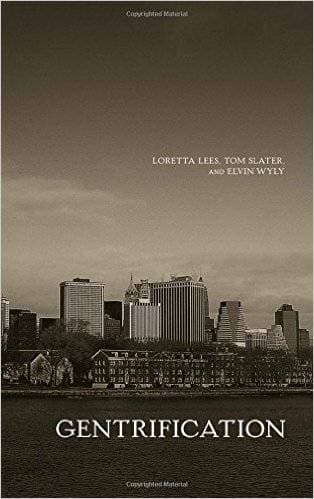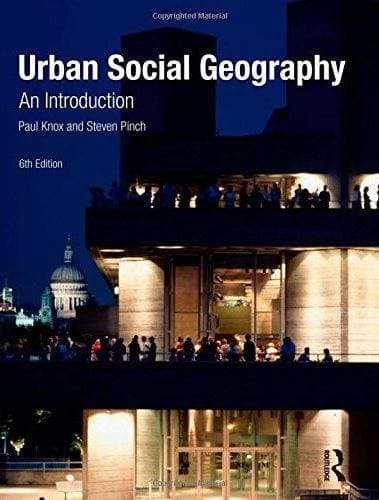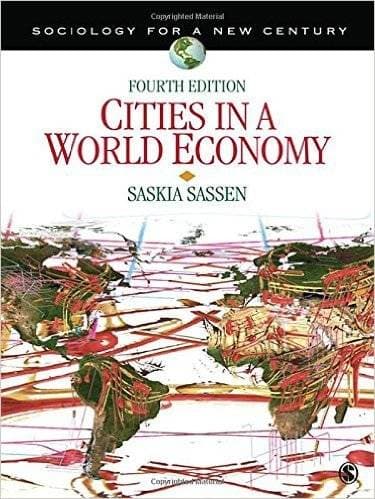The Situationist City
From 1957 to 1972 the artistic and political movement known as the Situationist International (SI) worked aggressively to subvert the conservative ideology of the Western world. The movement's broadside attack on “establishment” institutions and values left its mark upon the libertarian left, the counterculture, the revolutionary events of 1968, and more recent phenomena from punk to postmodernism. But over time it tended to obscure Situationism's own founding principles. In this book, Simon Sadler investigates the artistic, architectural, and cultural theories that were once the foundations of Situationist thought, particularly as they applied to the form of the modern city. According to the Situationists, the benign professionalism of architecture and design had led to a sterilization of the world that threatened to wipe out any sense of spontaneity or playfulness. The Situationists hankered after the “pioneer spirit” of the modernist period, when new ideas, such as those of Marx, Freud, and Nietzsche, still felt fresh and vital. By the late fifties, movements such as British and American Pop Art and French Nouveau Ralisme had become intensely interested in everyday life, space, and mass culture. The SI aimed to convert this interest into a revolution — at the level of the city itself. Their principle for the reorganization of cities was simple and seductive: let the citizens themselves decide what spaces and architecture they want to live in and how they wish to live in them. This would instantly undermine the powers of state, bureaucracy, capital, and imperialism, thereby revolutionizing people's everyday lives. Simon Sadler searches for the Situationist City among the detritus of tracts, manifestos, and works of art that the SI left behind. The book is divided into three parts. The first, “The Naked City,” outlines the Situationist critique of the urban environment as it then existed. The second, “Formulary for a New Urbanism,” examines Situationist principles for the city and for city living. The third, “A New Babylon,” describes actual designs proposed for a Situationist City.
Данные книги
Кембридж
1999
233 страницы
9780262193924
Открытый доступ
Да
Да
711 Sad
1
- Learning from Las Vegas: the Forgotten Symbolism of Architectural Form1977
- Смерть и жизнь больших американских городов2011
- Apparitions: Architecture That Has Disappeared From Our Cities2015
- Cinema and the City: Film and Urban Societies in a Global Context2004
- Magical Urbanism: Latinos Reinvent the US City2001
- Медийный город: медиа, архитектура и городское пространство2014
- Iron Curtains: Gates, Suburbs, and Privatization of Space in the Post‑socialist City2012
- Junkspace. Repenser radicalement l'espace urbain2011
- Монополия. Игра, город и фортуна2013
- Gentrification2008
- Urban Social Geography: An Introduction2010
- Cities in a World Economy2012
